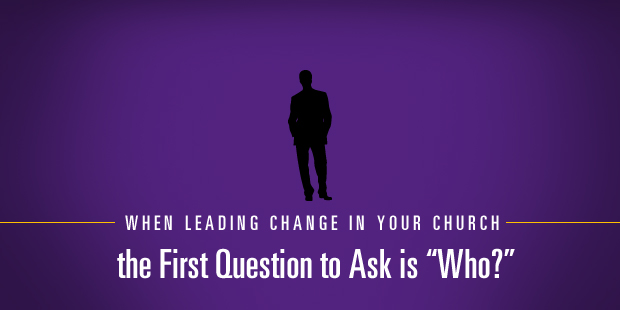
When Leading Change in Your Church, the First Question to Ask is “Who?”
Marketing is about change–changing people’s actions, perceptions or the conversation. Successful change is almost always specific, not general. You don’t have a chance to make mass change, but you can make focused change.
The challenge of mass media was how to run ads that would be seen by just about everyone and have those ads pay off. That problem is gone, because you can no longer run an ad that reaches everyone. What a blessing. Now, instead of yelling at the masses, the marketer has no choice but to choose her audience. Perhaps not even with an ad, but with a letter, or a website or with a product that speaks for itself. And yet, our temptation is to put on a show for everyone, to dream of bestseller lists and the big PR win.
So the first, most important question is, “who do we want to change?”
If you can’t answer this specifically, do not proceed to the rest. By who, I mean, “give me a name.” Or, if you can’t give me a name, then a persona, a tribe, a spot in the hierarchy, a set of people who share particular worldviews. People outside this group should think you’re crazy, or at the very least, ignore you.
Then, be really clear about:
- What does he already believe?
- What is he afraid of?
- What does he think he wants?
- What does he actually want?
- What stories have resonated with him in the past?
- Who does he follow and emulate and look up to?
- What is his relationship with money?
- What channel has his permission? Where do messages that resonate with him come from? Who does he trust and who does he pay attention to?
- What is the source of his urgency—why will he change now rather than later?
- After he has changed, what will he tell his friends?
Now that you know these things, go make a product and a service and a story that works. No fair changing the answers to the questions to match the thing you’ve already made (you can change the desired audience, but you can’t change the truth of what they want and believe).
Read more from Seth here.

Tags: Change, Leadership Engine, Seth Godin, Staff











